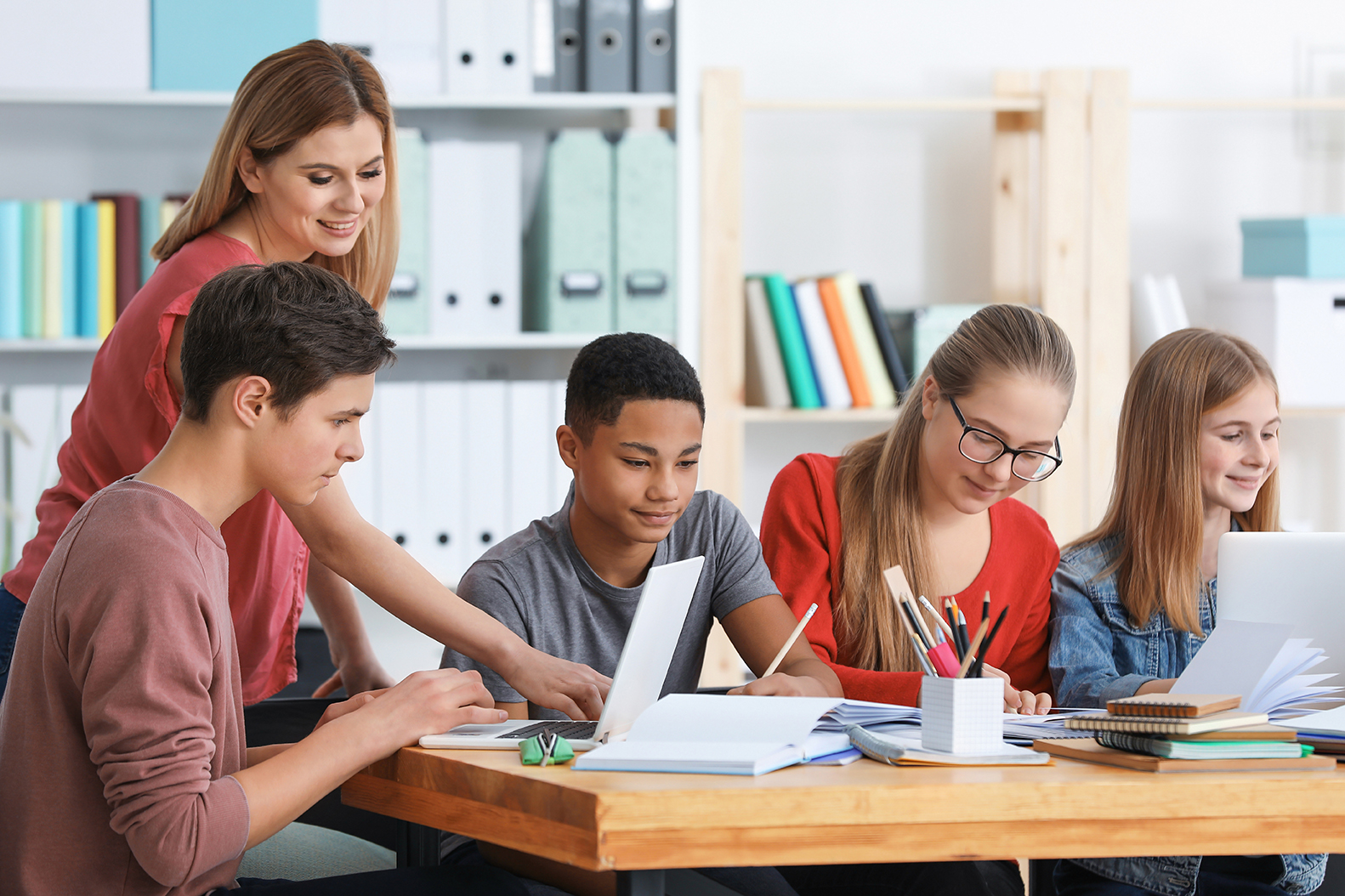Foreword by Dr Michelle Garnett
This is the final part of a five-part series on friendship in autism during the teen years, a series of new and original articles written by Prof Tony Attwood. In the first part of the series Tony described the differences between neurotypical and autistic friendship. In the second article, characteristics of female autistic friendships were presented. Next, certain successful friendship styles in autism were described. Last week, strategies for parents and carers to assist their autistic adolescent with friendship were given. This week we present resources and programmes for teachers and therapists.
We now have resources and programmes for parents, teachers, and therapists that are specifically designed to enhance friendship abilities in autistic adolescents. We recommend the publications and programmes developed by Michelle Garcia Winner and Pamela Crooke with more information available from www.socialthinking.com They have developed resources and guide books such as: Socially Curious and Curiously Social: A Social Thinking Guidebook for Bright Teens and Young Adults Social Thinking graphic novels.
Carol Gray originally developed Social Stories to explain the social world to autistic children and adolescents. More information on Social Stories can be obtained from www.carolgraysocialstories.com Carol has adapted Social Stories for adolescents, for example Carol and I worked on a compliment guide and workbook for autistic teenagers and adults
https://carolgraysocialstories.com/wp-content/uploads/2015/10/Spring-1999-ISSUE-AND-INSERT-.pdf Carol’s work has been extended by Siobhan Timmins who has written Successful Social Stories for School and College Students with Autism and Successful Social Articles into Adulthood. Both books are published by www.jkp.com
University College of Los Angeles’s Program for the Education and Enrichment of Relational Skills (PEERS) is an evidence-based social skills interventions that began with autistic adolescents, and has expanded to offer services for young adults. https://www.uclahealth.org/vitalsigns/peers-aims-to-improve-social-skills-for-young-people-with-autism-spectrum-disorder Sessions cover topics such as:
- Developing and maintaining friendships
- Romantic relationships and dating etiquette.
- Managing peer conflict and rejection
- Conversation skills
- Electronic communication
- Developing friendship networks
- Finding sources of friends
- Appropriate use of humour
The PEERS programme has been the foundation of a range of social and friendship programmes in many countries and in Australia by www.codeblueforautism.com.au
Minecraft is a popular pastime with autistic adolescents and the computer game has been adapted to teach social skills by Raelene Dundon. Her book is titled Teaching Social Skills to Children with Autism Using Minecraft published by www.jkp.com
Drama activities can be used to teach social skills and there are two books that describe drama activities to improve the social skills of autistic adolescents. They are:
Acting Antics: A Theatrical Approach to Teaching Social Understanding to Kids and Teenagers with Asperger Syndrome by Cindy B. Schneider, published by www.jkp.com
Act it Out: One Year of Social Skills Lessons for Students Grades 7-12 Social Skills for Teens with Autism Spectrum Disorder by Jeannie Stefonek, published by www.aapcpublishing.net
There are a range of relevant books published by www.jkp.com, such as:
The Asperkid’s Secret Book of Social Rules: The Handbook of Not-So-Obvious Social Guidelines for Tweens and Teens with Asperger Syndrome by Jennifer Cook O’Toole
60 Social Situations and Discussion Starter to Help Teens on the Autism Spectrum Deal with Friendship, Feelings, Conflict and More by Lisa A. Timms
The Asperger Teen’s Tool Kit by Francis Musgrave
How to Start, Carry On and End Conversations: Scripts for Social Situations for People on the Autism Spectrum by Paul Jordan
Asperger’s Rules: How to Make Sense of School and Friends by Blythe Grossberg.
Social Skills Groups for Children and Adolescents with Asperger’s Syndrome: A Step-By-Step Program by Kim Kiker Painter.
Freaks, Geeks and Asperger Syndrome: A User Guide to Adolescence by Luke Jackson.
There are three resources not published by Jessica Kingsley Press.
Asperger’s Teens: Understanding High School for Students on the Autism Spectrum by Blythe Grossberg, published by Magination Press.
Communication Skills for Teens: How to Listen, Express and Connect for Success by Michelle Skeen, Matthew McKay, Patrick Fanning and Kelly Skeen published by Instant Help Books.
Unwritten Rules of Social relationships: Decoding Social Mysteries Through the Inique Perspectives of Autism by Temple Grandin and Sean Barron published by Future Horizons.
The autistic teenager may not know of their diagnosis or reject books that include the terms autism or Asperger’s syndrome in their title or text. The following are publications that provide guidance in making friends without using the ‘A’ word.
Making Friends: A Guide to Getting Along with People by Andrew Matthews published by Media Masters.
A Good Friend: How to Make One, How to be One by Ron Herron and Val J. Peter published by Boys Town Press.
Awkward: The Social Dos and Don’ts of being a Young Adult by Katie Saint and Carlos Torres published by Future Horizons
The Science of Making Friends: Helping Socially Challenged Teens and Young Adults published by John Wiley and Sons
We hope you have found the series of articles of friendship to be enlightening, and helpful for understanding and assisting the autistic adolescents you know and love to find and maintain friends.




